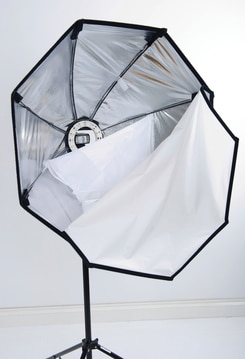Diffusion Tools: Softboxes vs. Octaboxes

There are a lot of light-direction tools on the market. Today we’ll take a look at one of the most basic and most used types. That type is light diffusion tools: softboxes and octaboxes. These two light diffusion tools look very similar, and you could almost say that octaboxes are a type of softbox. But these tools have subtle differences. The differences may at first glance seem to be mere details. However, details are what separate the good photos from the bad.
Softboxes serve mainly to direct and soften light. Softbox light is soft and “deep”—it nicely molds contours and doesn’t produce sharp transitions. Softboxes are mainly used with flashes, and sometimes used with system flashes. You’ll also find them, however, used with daylight bulbs.
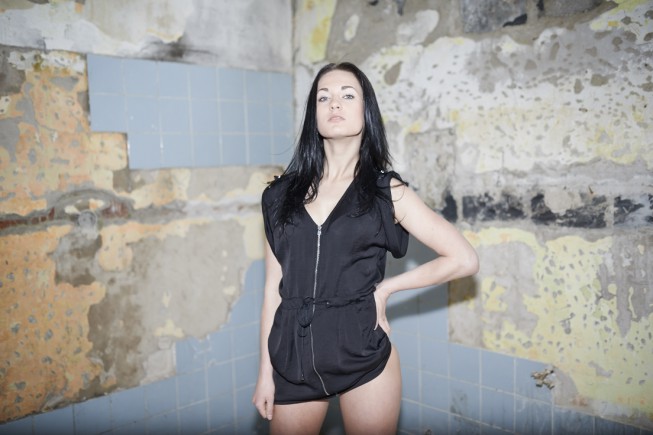
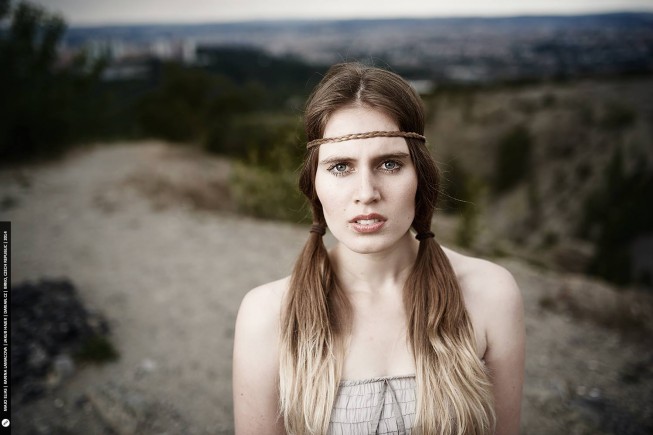
At First Glance
The difference is visible right away. A softbox has a square or rectangular shape, while an octabox is octagonal. The two devices do work in about the same way. The small differences are in the photos that you make with them.
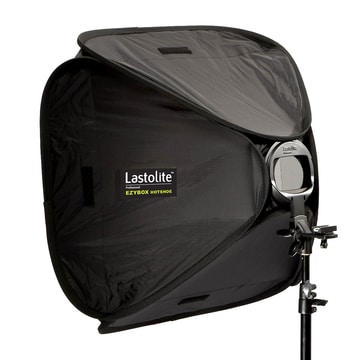
Octaboxes: Ideal for Photographing People
This is due to their special circle-like shape. Thanks to this shape, people photographed with an octabox have a circular sparkle in their eyes. This sparkle can somewhat replace the sparkle they’d get from the sun. A circular reflection feels much more natural than a square one. The iris and the pupil are circular, and that makes a circle very appropriate for the eyes, which are a critical area for every portrait.You can even use an octabox as a photo’s main lighting source.
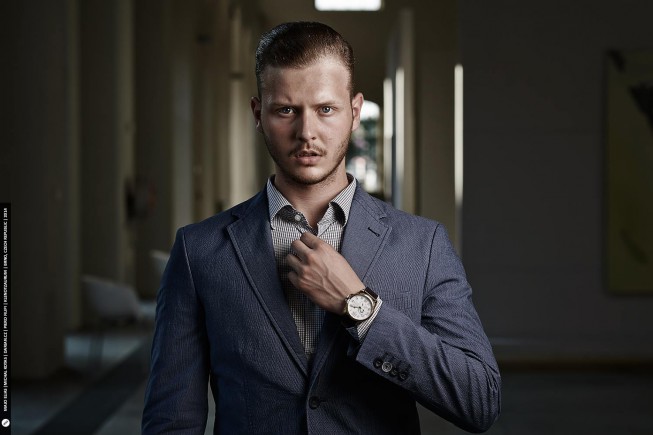
Softboxes: A Universal, Generalized Lighting Tool
Softboxes are more of a universal device—their field of use is not as specific as that of the octabox. Their square or rectangular shapes do not lead to reflections as pleasant as those from octaboxes. But you’ll only feel the “pain” here in portrait photography. Meanwhile for photos of products or other non-living things, both devices work great and do their jobs well.
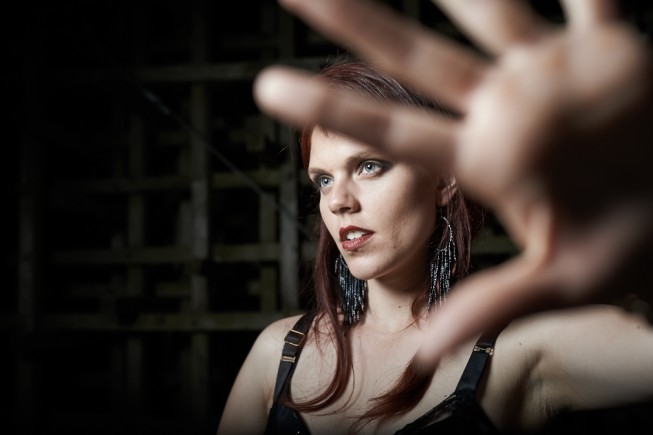
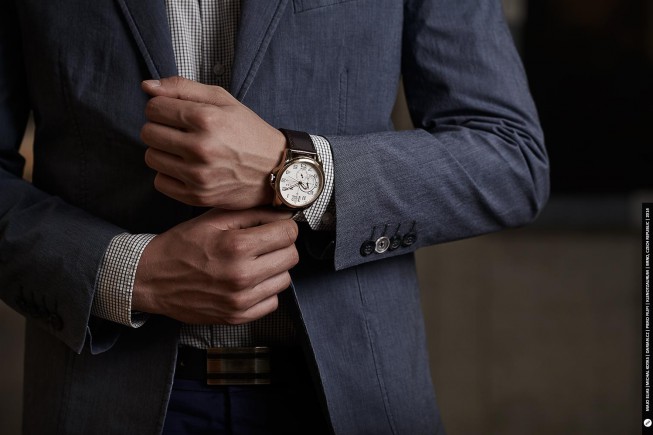
Practicality
You can see that the construction of an octabox is more complex than that of the more universal softbox. If you plan to ever use your lighting equipment outside the studio, then it’s very important that it be easy to set up and take down. Thus softboxes are arguably better in this role. But they don’t always have to be. Boxes’ ease of setup and “teardown” really depends on the manufacturer. Some boxes are easy to work with, and some are… not. Lastolite brand boxes, for example, have very well thought out assembly and disassembly.
Choose your box’s size, meanwhile, based on how you’ll be using it and on the strength of your lights or flashes. If you’re mainly shooting alone and outside the studio, extremely large boxes tend to be impractical rather than useful. And a strong wind will blow down a large box more easily than a small one! There is one last thing to consider, and that’s light output. If you use a weak flash together with a huge octabox, it won’t do much good, because your light will become so diffuse that it will not actually light much.
Some Closing Advice
Using boxes, flashes, and lamps when taking pictures lets you work flexibly with time. But it also requires you to monitor everything, costs you lost comfort when you have to travel with your gear, and sometimes isn’t practical (due to cramped quarters, wind, etc.). But despite all this, these boxes are simple, great pieces of kit that every photographer will appreciate from time to time.
